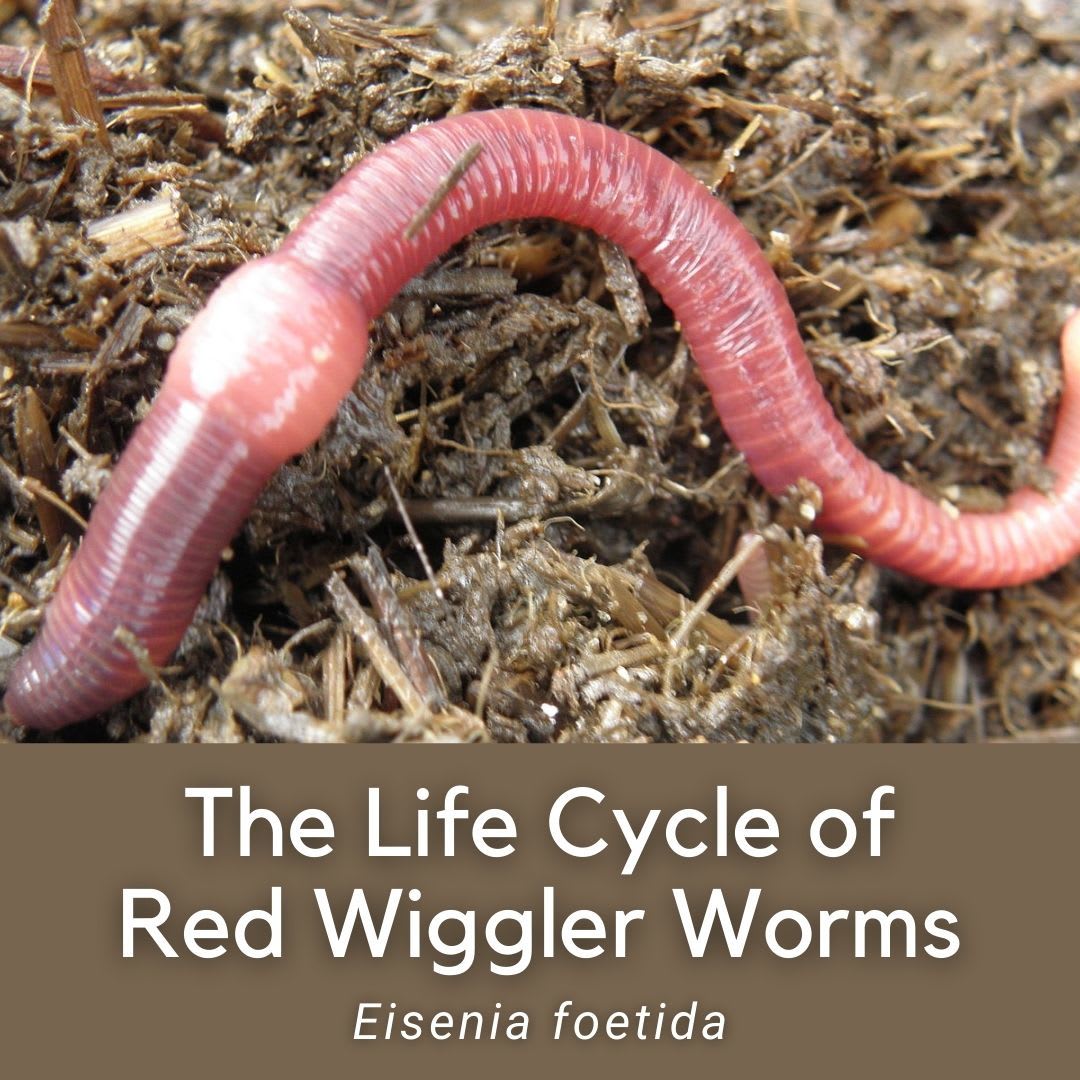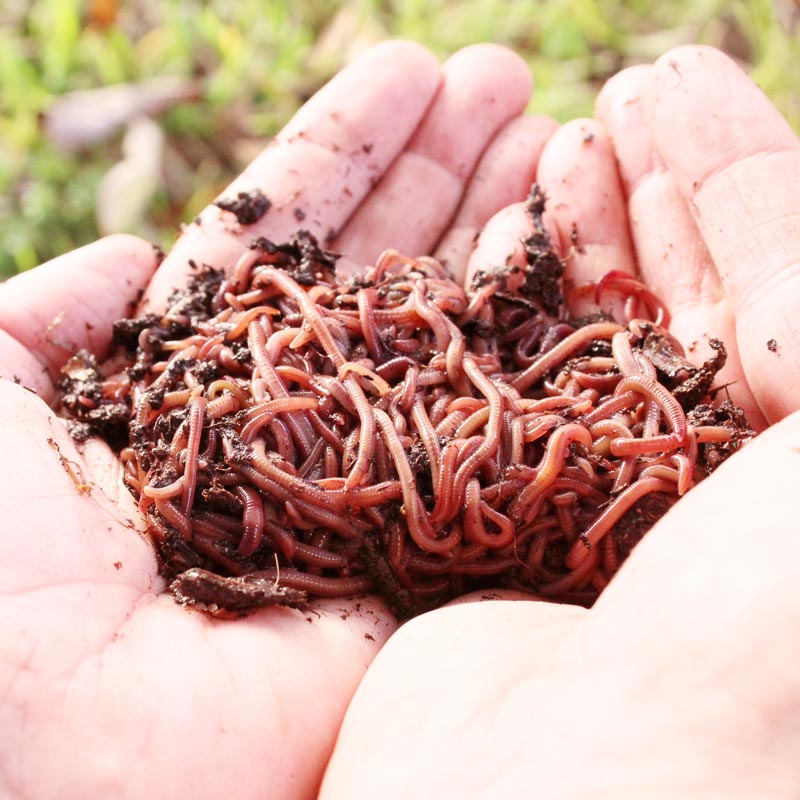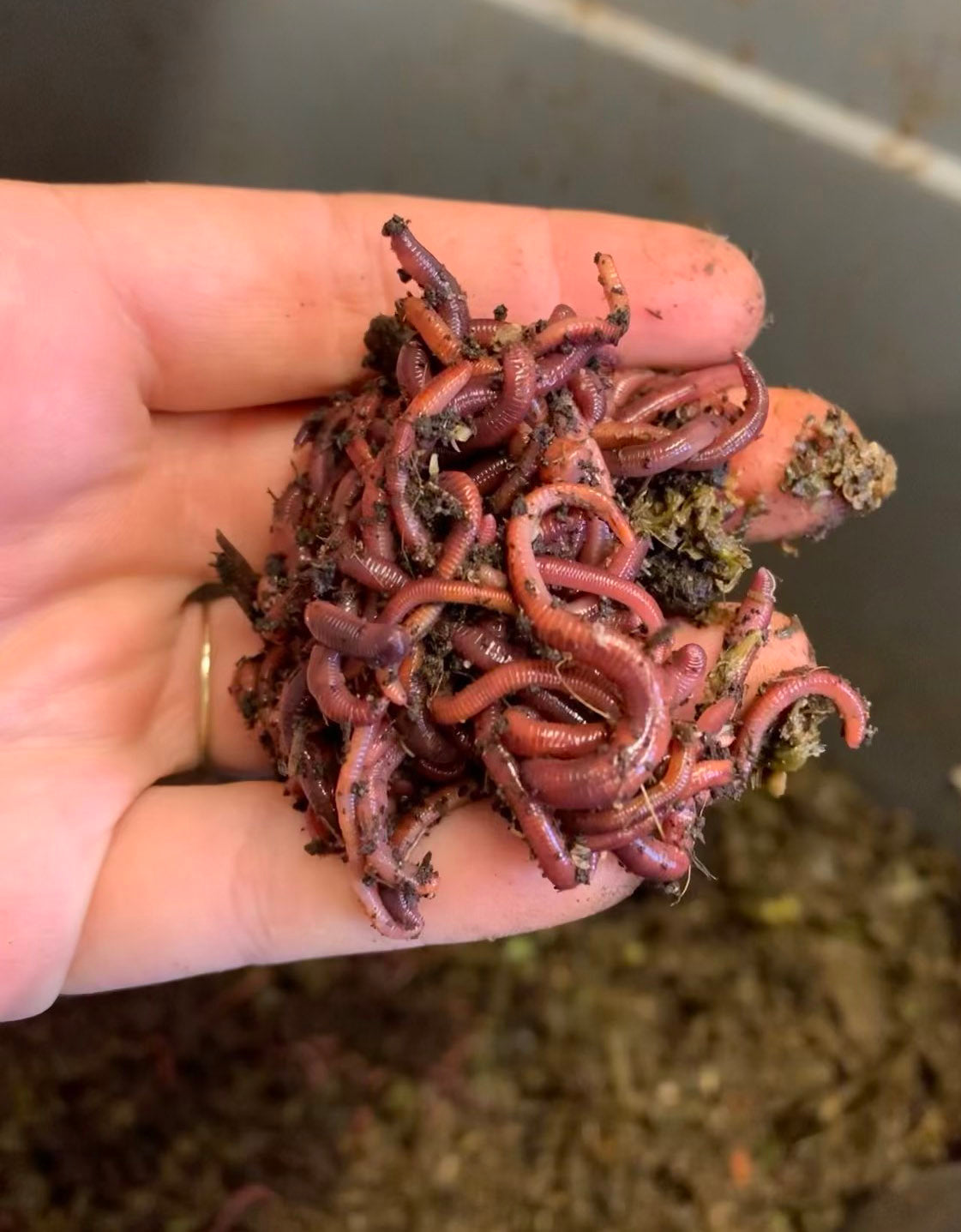Unlock the Keys of Red Wigglers: Your Guide to Composting Success
The assimilation of red wigglers right into composting methods presents a significant possibility for enhancing soil wellness and promoting sustainability. These microorganisms are not merely efficient recyclers of natural waste; they provide a myriad of benefits that can transform garden management. Comprehending their requirements and actions is important for enhancing their capacity, from setting up a proper worm bin to feeding them the ideal materials. As we discover the essential components of successful vermicomposting, one may ask yourself exactly how these tiny creatures can lead to an extra vibrant and productive garden environment.

What Are Red Wigglers?
Belonging To The United States And copyright, they are frequently found in decaying leaves and compost heap, where they play an essential role in nutrient recycling. Their adaptation to staying in a moist, aerobic environment allows them to take in big quantities of organic waste, simplifying into nutrient-rich spreadings that boost dirt wellness.
Red wigglers recreate swiftly, with a single worm efficient in producing a number of cocoons every week, each including several hatchlings. This quick reproduction rate adds to their performance in composting procedures. They prefer temperatures in between 60 ° F and 80 ° F, and their task level boosts dramatically within this range, additional assisting in the disintegration procedure. Comprehending the biology and actions of red wigglers is essential for maximizing their potential in composting applications.
Advantages of Utilizing Red Wigglers
Utilizing the power of red wigglers in composting uses countless benefits that improve soil health and advertise sustainable waste monitoring. These exceptional microorganisms effectively damage down natural matter, changing cooking area scraps and yard waste right into nutrient-rich vermicompost. This finished item is remarkably valuable for plant growth, as it boosts soil framework, increases moisture retention, and enhances nutrient accessibility.

Setting Up Your Worm Container
Producing a reliable worm container is an uncomplicated process that can significantly enhance your composting efforts. Worm containers can be made from plastic storage bins, wood boxes, or readily available worm bins.
Following, prepare the bed linen material, which acts as the worms' habitat. A mix of shredded paper, cardboard, and coconut coir functions well, giving a comfy environment for the worms. Go for a bedding deepness of about 4-6 inches. Moisten the bed linens lightly, ensuring it looks like a wet sponge without excess water pooling at the base.

Feeding Your Red Wigglers
To guarantee the wellness and productivity of your red wigglers, it is necessary to supply them with a balanced diet plan that fulfills their dietary demands. Red wigglers prosper on a diverse array of natural products, which not only provide necessary nutrients yet likewise advertise reliable composting.
Start by incorporating kitchen area scraps my site such as vegetable peels, fruit cores, and coffee premises. Avoid citrus fruits, onions, and garlic, as these can be detrimental to worm health and wellness. Furthermore, present shredded paper, cardboard, and dry fallen leaves to create a well-aerated setting.
Feeding regularity ought to be kept an eye on; typically, worms can eat half their body weight in food weekly. It is important to avoid overfeeding, as excess food can lead to unpleasant odors and attract insects. An excellent practice is to add food in percentages, enabling worms to process it before presenting a lot more.
Keeping wetness degrees is additionally vital; the bedding must perspire however not soaked. Last but not least, make certain to on a regular basis check the temperature and pH degrees of the container to make sure an optimal setting for your red wigglers, ultimately boosting their composting performance.
Harvesting and Making Use Of Garden Compost
An effective composting process with red wigglers culminates in the abundant, dark garden compost called vermicompost, which can considerably boost dirt health and wellness and plant growth. Collecting this nutrient-dense material typically takes place every three to six months, depending on the dimension of your system and the amount of raw material being refined.
To collect, delicately separate the compost from the worms and any kind of undecomposed materials. One effective technique entails relocating the materials of the container to one side and adding fresh bedding and food to the empty space, urging the worms to migrate. After a few days, the compost can be accumulated from the opposite side.
It is vital to utilize vermicompost properly to optimize its advantages. It can be used as a leading clothing for yard beds, combined right into potting soil, or brewed right into a nutrient-rich liquid fertilizer referred to as "worm tea." This application approach aids to deliver essential nutrients directly to plant roots, promoting healthier growth. By including vermicompost right into your gardening regimen, you not only recycle organic waste but additionally develop a successful community that sustains sustainable horticulture techniques.
Final Thought
In summary, red wigglers serve as outstanding allies in composting initiatives, changing natural waste into nutrient-rich vermicompost. By comprehending the optimal conditions for their environment, feeding needs, and compost harvesting strategies, gardeners can improve dirt wellness and advertise plant vitality.
Comments on “Get Your Lawn in Top Shape with the Help of Lake Hickory Bait Yard Care Solutions”